Abuse, neglect, natural disasters, witnessing violence, or a national pandemic like COVID-19 are only the start to the long list of traumas some students in your classroom may face.
Trauma can be one of the most significant health issues that children face today. Some of the symptoms can include:
- negative thinking
- being on high alert
- difficulty trusting adults
- inappropriate interactions
Naturally, these students have not learned how to express their emotions. Trauma causes students to respond with…
- aggression
- avoidance
- shutting down
Some teachers can see these as a sign, while other teachers see them as problems.
Sometimes, students are unable to learn if they don’t feel safe or cared for. However, teachers can make small changes in the classroom that can help foster students feeling safe.
The following are a list of strategies to use in the classroom if there is a student expected to deal with trauma.
4 Teaching Strategies for Traumatized Students
1. Expect Unexpected Responses with Traumatized Students
Understand to put students’ reactions into context and not take them personally. Trauma can look like a student having an outburst during an activity that they love most.
An outburst can be a surprise and seem frustrating or confusing. Even though teachers may not know what the triggers are, it is still vital to employ trauma-sensitive strategies in the classroom to prevent these sudden outbursts.
2. Employ Thoughtful Interactions
Students that have experienced trauma often will behave in ways that may interfere with daily teaching and learning. This behavior can be very frustrating for teachers.
Teachers find themselves in a place of power and control. Traumatized students may be waiting for the criticism, or opportunity to become defiant.
However, students that have faced traumas can be very person-dependent when they are with a safe and supportive adult. Be aware of your responses and words when reacting to a situation with a traumatized student.
3. Be Specific About Relationship Building
Building relationships is one key factor to success with traumatized students. Unfortunately, leaving the blanket statement “Build relationships” leaves too much interpretation for teachers.
Some teachers know how to effectively do that while others do not. Building real relationships requires action.
Actions can be big or small. Students respond and listen to teachers who prove they are there for them. Be sure to use relationship-building strategies to and interactions with all students and not just the ones that may be traumatized.
4. Give Support Feedback to Reduce Negative Thinking
Students that have faced trauma may take constructive criticism as a negative comment. A student could interpret a calm tone as a teacher yelling.
Sometimes even a small facial expression can be misinterpreted. When giving feedback to a traumatized student, start with a positive comment, then always follow it up with another positive comment.
Additional Special Education Teacher Resources
These are only four strategies to use when working with traumatized students. However, there are so many more available. As a teacher, work with your students and pay attention to actions and reactions.
Not all of them are to get a rise out of you. Some may just be to get the teacher to pay attention to them.
Get weekly tips and techniques from a fellow Special Educator and parent of a special needs child.
Have a student that needs one-on-one special education tutoring that can be done from anywhere? Our special education experts conduct their sessions online! Get them started with a free consultation!
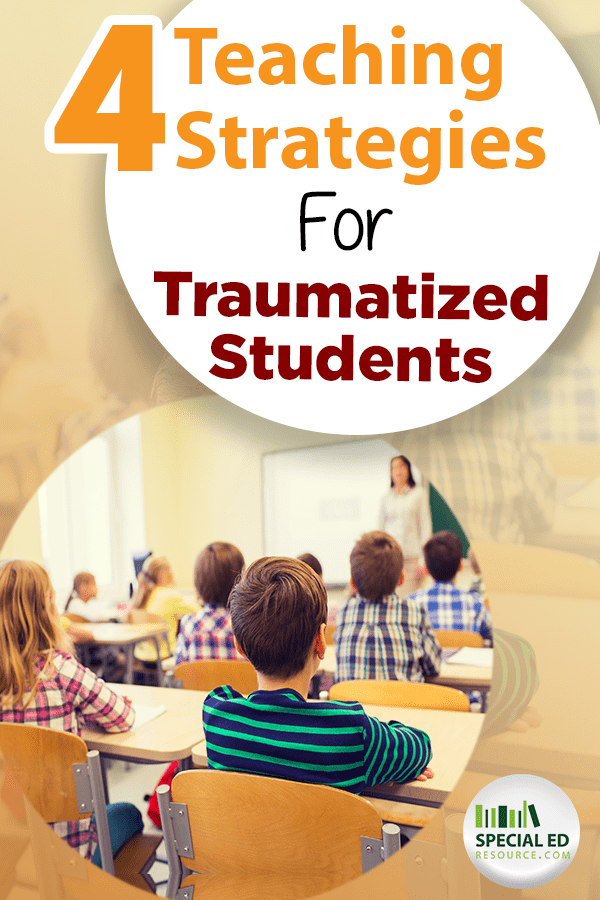

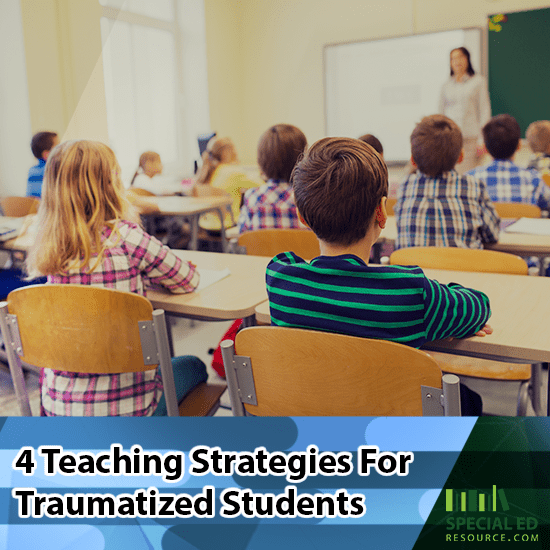
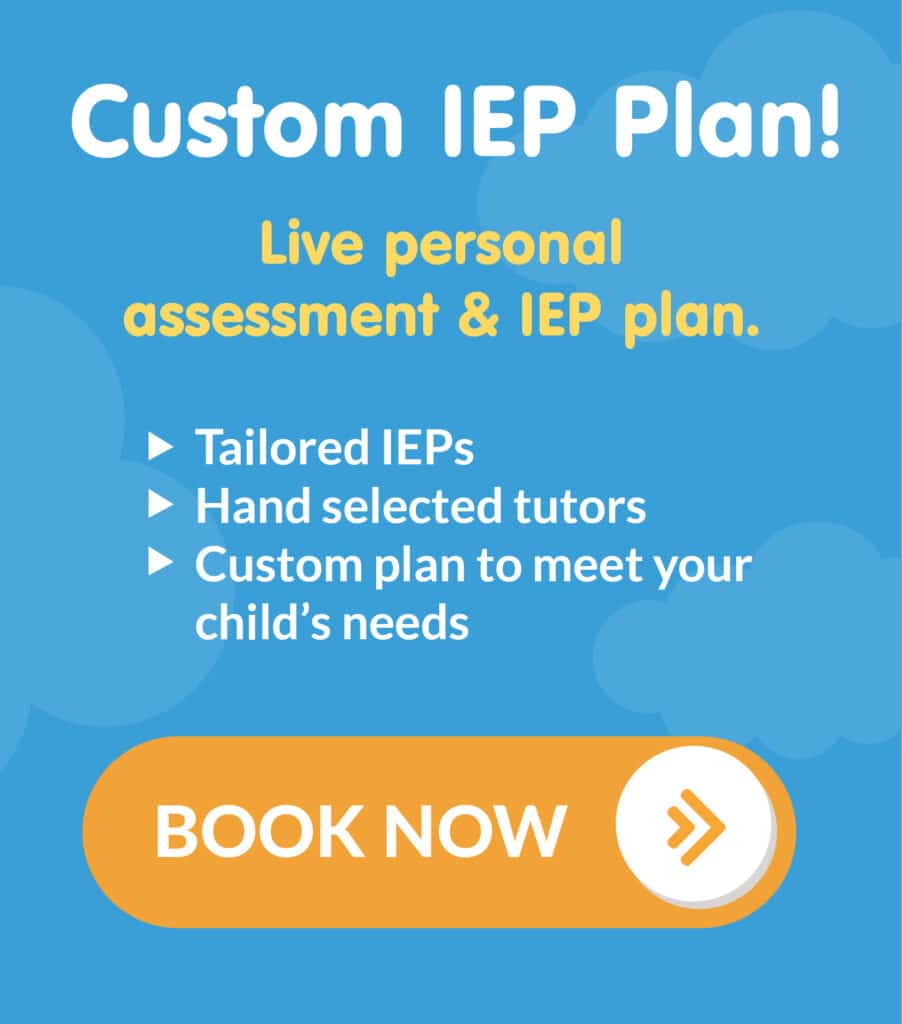
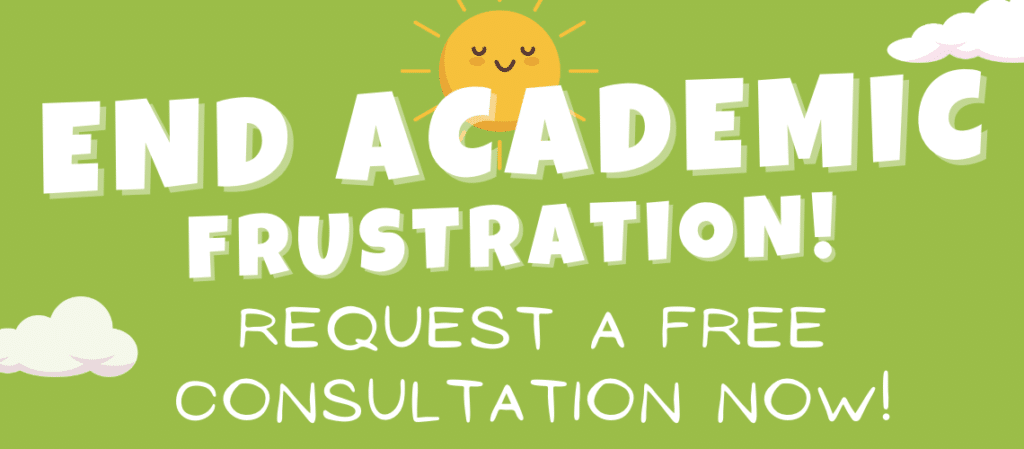


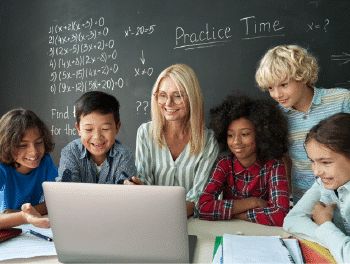

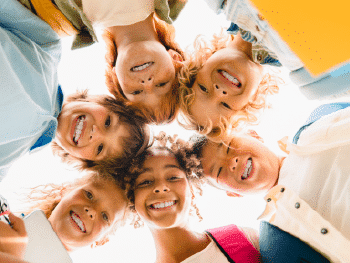

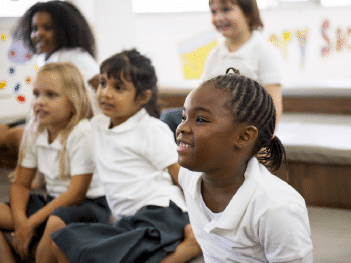


4 Comments
These are great ideas to help teachers deal with children who have dealt with trauma. As a substitute teacher myself, these will come in handy when we are able to resume school after the pandemic.
These are good points to keep in mind with teaching. There are so many situations in teaching and it is important to be prepared.
Great article. I will share this with my friend. She’s a teacher. She might find this interesting too.
Most of the time it’s very hard to deal and cope with traumatic experience. Some doesn’t know how to respond or may be others are in denial. It’s better to identify it early especially for children or students. The strategies you shared would be a big help. In some cases, counselling is best.